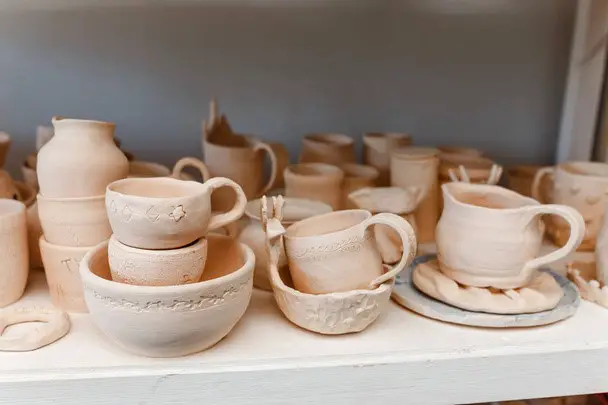Crayola Air Dry Clay has gained significant recognition over the years because of its characteristics, such as its supreme quality, quick-drying process, ease of mold, and so on. With these many positives, your pottery creativity has plenty of room.
This detailed article talks about how different climates could affect the drying process of the Crayola Air Dry Clay and what the factors that influence the said process are.
The Ideal Climate for Crayola Air Dry Clay to Dry
Depending on the climate, clay’s drying process will last 24 hours to a few days. Thus, specifying the ideal climate for Crayola Air Dry Clay to dry is hard. Each climate is different and has pros and cons, and that decides the drying period of the clay.
Drying Time of Crayola Air Dry Clay in Different Climates
As Crayola Air Dry Clay has reached worldwide, it is evident that it is used in several countries with different climates. For the drying process of the air-dry clay, the climate plays an important role, and that is why, here, we discuss the drying time of Crayola Air Dry Clay in such climates.
1. Tropical
The tropical climate is about high temperatures with humidity up to 60-80%. Compared to other climates, the tropical climate could be the one that slightly hastens the drying process of the clay. Southeast Asia, the Pacific Islands, the Indian Subcontinent, and some other regions have tropical climates throughout the year. The drying process should be done in 24-72 hours.
2. Polar
Extremely cold temperatures are what describe the polar climate. The temperature may even fall below the freezing point in such regions, so the drying process of the Crayola Air Dry Clay should be done indoors. Countries with such a climate should stay patient if the drying process takes longer than expected, as the clay is exposed to moisture, too. The drying process will take more than a few days in this climate.
3. Dry
A dry climate means less humidity and precipitation. If the temperature is not too hot in such a climate, you can opt for outdoor drying. Otherwise, an indoor environment is always a better option. A dry climate ensures the drying process does not take too long, and the Crayola Air Dry Clay should dry in around 24-48 hours. However, the risk of developing cracks on your pottery is also higher in such a climate.
4. Continental
Regions where the Continental climate is found experience all the seasons. However, in such a climate, temperatures could be too hot or too cold depending on the time of the year. So, the drying process of the Crayola Air Dry Clay depends entirely on it. Drying will be slow in cold temperatures and fast in hot temperatures.
Factors Affecting the Drying of Crayola Air Dry Clay
Regardless of the climate, these factors could affect the drying of the Crayola Air Dry Clay.
- Size
The clay’s size decides how long it will take to dry. Massive structures made from clay will take longer to dry; the opposite is true for small structures.
- Thickness
Thickness matter in the drying process of Crayola Air Dry Clay. The thicker the structure, the more time it will take. So, you need to have patience if the structure that you have made is thick.
- Ventilation
If you are drying your air-dry clay structure indoors, ensure that there is enough room for air to come into the room. Drying in a place without air will slow the overall process.
- Room Temperature
One of the critical factors that decide the drying of the clay is your room temperature. It can be controlled to some extent, so it is essential to avoid keeping the clay at extreme temperatures as it can affect the drying process.
- Sunlight Exposure
It is important to remember that while the pottery work is set aside for drying, it should not be exposed to direct sunlight as the clay will dry up quickly (unsuitable for the longer term), and cracks may start to develop.
Conclusion
The climate plays a vital role in the drying process of the Crayola Air Dry Clay. The time required for the process differs from climate to climate. However, taking necessary precautions while the clay is drying is also essential. Once the clay is dried, give it a finishing touch with Garnet Sandpaper to make the pottery work sharp and attractive.







